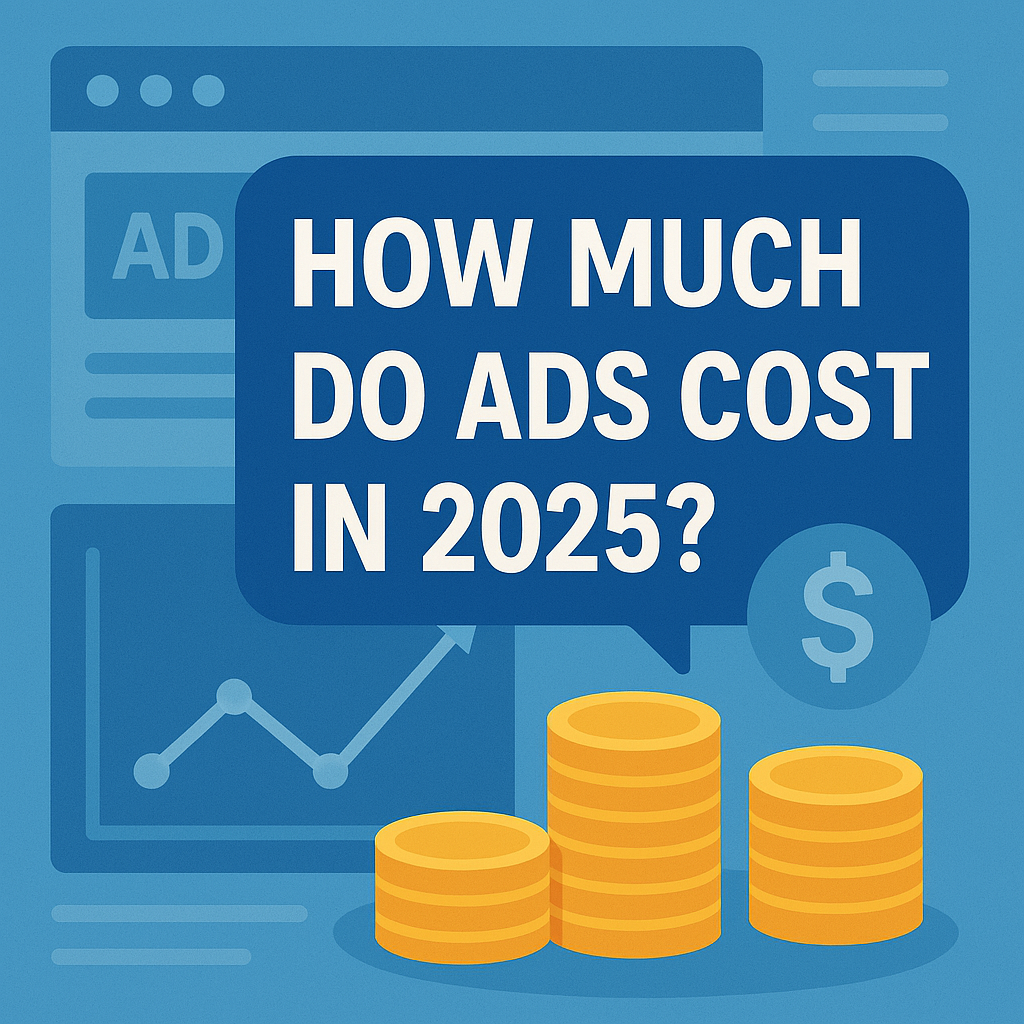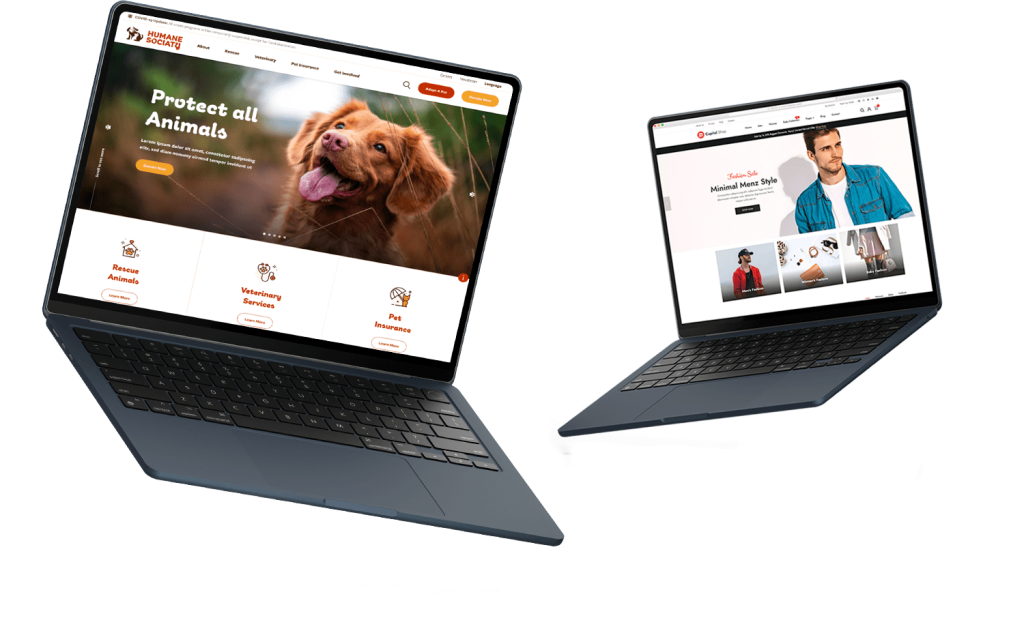In the flustering world of inflation, businesses can oversee a considerable difference in online advertisement, and as 2025 unfolds, businesses must adapt to new pricing models, trends, and bidding strategies. Whether you’re running PPC advertising management, leveraging social media management, or investing in Facebook ad campaigns, understanding ad costs is crucial for maximizing returns.
But how much does advertising actually cost in 2025? Are prices going up, or are there ways to optimize spending? In this article, we’ll break down the latest ad pricing trends across different platforms, analyze the key factors driving these costs, and offer insights on how businesses can effectively allocate their marketing budgets.
The Evolution of Digital Advertising Costs
The cost of advertising is never static. It fluctuates due to platform competition, consumer behavior, economic conditions, and even technological advancements. Here’s what’s shaping ad prices in 2025:
- Increased Competition: More brands are investing in digital ads, driving up demand and costs.
- AI & Automation: While automation streamlines campaigns, it also intensifies bidding wars, leading to higher CPC.
- Privacy Regulations: Stricter data policies limit tracking and attribution, forcing advertisers to spend more to reach the right audience.
- Shifting Consumer Behavior: Video, short-form content, and interactive ads are in high demand, affecting CPM and engagement-based costs.
These factors create a complex pricing environment where advertisers must be strategic with their spending.
Google Ads Costs in 2025
Google remains the largest digital advertising platform, but costs vary based on industry, competition, and ad format.
- Average Cost-Per-Click (CPC): $2.50 – $7.00 (depending on industry).
- Cost-Per-Thousand Impressions (CPM): $10 – $22 for display ads.
- Cost-Per-Action (CPA): $30 – $100, depending on the action.
What Influences Google Ads Pricing?
- Industry & Niche: High-demand sectors like finance, law, and healthcare have CPCs exceeding $10.
- Ad Quality Score: Google rewards relevant, high-performing ads with lower costs.
- Bidding Strategy: Automated bidding can increase efficiency but also inflate costs if not managed properly.
To control expenses, businesses should work with a content marketing agency to improve landing page relevance and Quality Scores.
Facebook & Instagram Ads Costs in 2025
Meta’s platforms (Facebook & Instagram) remain essential for digital marketing, with costs rising due to increased competition and evolving targeting options.
- Average CPC: $0.80 – $4.00
- CPM: $10 – $22
- Cost-Per-Lead (CPL): $20 – $60
Key Pricing Factors for Facebook Ads:
- Engagement Rate: Higher engagement leads to lower CPC as Facebook favors well-performing ads.
- Ad Placements: Instagram Stories and Reels tend to cost more than feed ads.
- Objective-Based Pricing: Conversion campaigns cost more than reach-based campaigns.
Advertisers investing in Facebook ad campaigns should prioritize creative testing and audience segmentation to improve ROI.
LinkedIn Ad Costs in 2025
For B2B businesses, LinkedIn is a go-to platform, but it remains one of the most expensive advertising options.
- CPC: $5.00 – $12.00
- CPM: $30 – $80
- CPL: $60 – $200
Given LinkedIn’s higher costs, B2B companies should focus on email marketing campaigns and retargeting strategies to complement LinkedIn ads and reduce spending.
TikTok & YouTube Ad Costs in 2025
Video-based platforms continue to dominate digital advertising.
TikTok Ads
- CPC: $0.60 – $2.50
- CPM: $12 – $25
- In-Feed Video Ads: $10 per 1,000 views
YouTube Ads
- CPC: $1.50 – $6.00
- CPM: $10 – $30
- Skippable Ads (CPV – Cost Per View): $0.10 – $0.30 per view
Short-form videos outperform static ads, making social media management critical for brands looking to boost engagement and ad efficiency.
Email Advertising Costs in 2025
While many businesses overlook email marketing, it remains a highly profitable channel.
- Cost per campaign: $500 – $3,000 (varies by email list size and automation level).
- Cost per 1,000 subscribers (ESP Fees): $20 – $100 per month.
- ROI: $38 – $45 for every $1 spent.
Email marketing campaigns provide an affordable way to nurture leads and drive conversions without relying on expensive paid ads.
What Drives Advertising Costs in 2025?
Several key factors influence digital advertising expenses:
1. Industry Competition
Certain industries (e.g., legal, finance, SaaS) see higher CPCs due to fierce competition.
2. Bidding Strategies
Automated bidding increases efficiency but can also drive up costs if not monitored.
3. Ad Relevance & Quality
A strong Quality Score (Google) or Relevance Score (Facebook) can lower costs significantly.
4. Audience Targeting
Narrower targeting typically increases costs but improves conversion rates.
5. Ad Format & Placement
- Video ads tend to be pricier but deliver higher engagement.
- Retargeting ads cost more but yield higher conversions.
By combining keyword research services with data-driven strategies, brands can optimize ad performance and spending.
How to Lower Your Ad Costs in 2025
Want to make the most of your advertising budget? Here are some proven strategies:
- Refine Your Targeting: Use precise audience segmentation to reduce wasteful spending.
- Improve Ad Quality: High-quality creatives and compelling copy can lower CPC.
- Optimize Landing Pages: Higher conversion rates mean lower CPA.
- A/B Test Regularly: Test different creatives, headlines, and CTAs to identify the most cost-effective options.
- Use Retargeting Wisely: Focus on high-intent audiences to maximize conversions.
- Invest in Organic Growth: Working with a content marketing agency can reduce paid ad dependence.
The Future of Ad Pricing Beyond 2025
As AI-driven ad platforms evolve, costs will continue to shift. Key trends to watch:
- AI-powered ad bidding will automate optimization but increase costs in competitive industries.
- First-party data strategies will become essential due to privacy laws.
- Influencer & UGC marketing will provide an alternative to high ad spend.
Advertisers who adapt to these trends will be better positioned for cost-effective success.
Conclusion
Advertising costs in 2025 will continue to rise, but businesses that optimize their strategies can still achieve strong ROI.
- PPC advertising management requires continuous refinement to stay cost-effective.
- Social media management is key for reducing ad costs on platforms like Facebook and TikTok.
- Facebook ad campaigns demand creative testing and audience segmentation for success.
- Email marketing campaigns provide a high-ROI alternative to expensive paid ads.
By staying informed and leveraging data-driven insights, brands can allocate their budgets efficiently and maximize their advertising impact in 2025.





